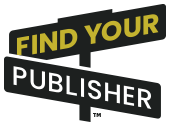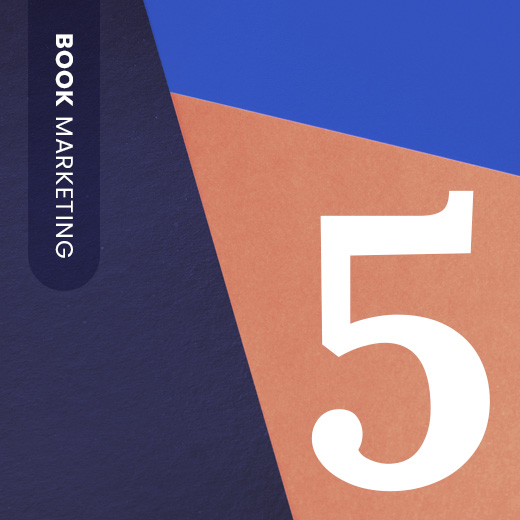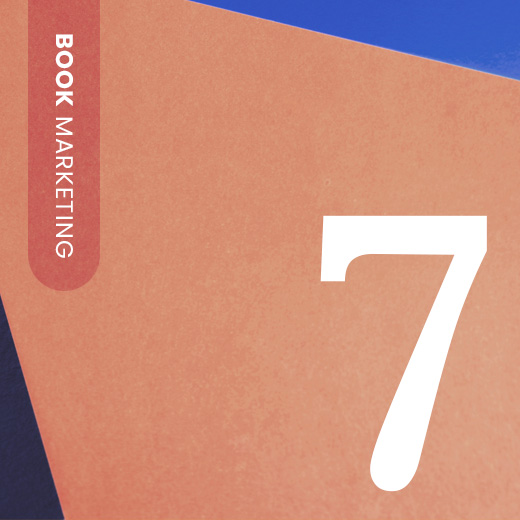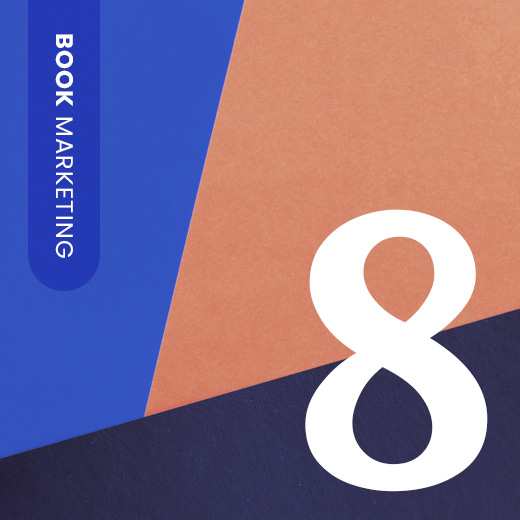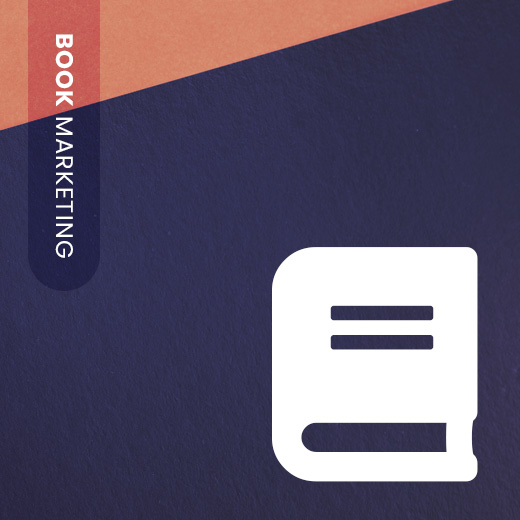Home » Book Marketing » Writing the Blurb: Hook Your Reader
Writing the Blurb: Hook Your Reader
1. Keep It Succinct
For fiction, the blurb’s purpose is to give the reader a brief summary of the plot, enough to interest them without giving too much away. Some blurbs go into too much detail, but it’s best to keep it focused on the highlights. After reading the blurb, the reader should know the name of one or two characters, the genre and the main character’s problem.
For nonfiction, the blurb’s purpose is to make it clear whom the book is intended for and the benefits to this reader. Consider the subject you’re exploring or problem you’re trying to solve with your book.
As the author, you’ve spent months or years with your manuscript, so it’s hard to know what to put in the blurb. Ask a friend or family member to read it over and give you feedback on what they think is most important. If you prefer to do it yourself, try to read your book from a fresh, objective perspective. What stands out as key to the reader?
2. Be Mysterious—But Not Too Mysterious
You want to entice the reader with enough detail to pique their interest but not give away the whole plot, premise, or solution. For fiction, don’t reveal major plot twists or the ending, as readers who know the outcome are less likely to buy the book. But don’t be too vague—buyers can tell when they’re being sold a shallow or cryptic summary. For nonfiction, reveal the topic or problem you are trying to solve–the “what” of your book–but don’t reveal too much on the “how”.
You’re not trying to mislead readers. Don’t use cheesy phrases like “Buy me, please!” or “You’ll love this book!” as these will turn readers off and you will lose out on sales.
3. Be Different
Your blurb is the place to show how your book is different from others in the genre. If your book has a fresh perspective or unique elements, highlight those in the blurb. For example, if your book is about dog training, mention the new techniques or approaches that set it apart from other training guides.
Scan your book for phrases, facts or quotes that bring your narrative to life. Write down the most interesting or important points, and when you’re writing your blurb, choose one or two of the best to sum up your book.
4. Keep It Simple
Your blurb should be straightforward and easy to read. Don’t use jargon or big words. Readers only glance at a book, so the blurb has to be brief and grabby.
Go for one or two paragraphs and time yourself as you read it out loud. If it’s over 30 seconds, shorten it so it grabs the reader’s attention.
5. End with a Hook
The last line of your blurb should make the reader want more. A good hook or cliffhanger will intrigue the buyer and make them want to get into your story. One way to do this is to end with a question, something that hints at the main mystery, conflict, or problem.
Your book’s cover design is one of the most important marketing decisions you will make as an author. Make sure your back cover provides an irresistible reason for readers to buy your book. When you follow the tips outlined above, you will greatly increase your chances of success!
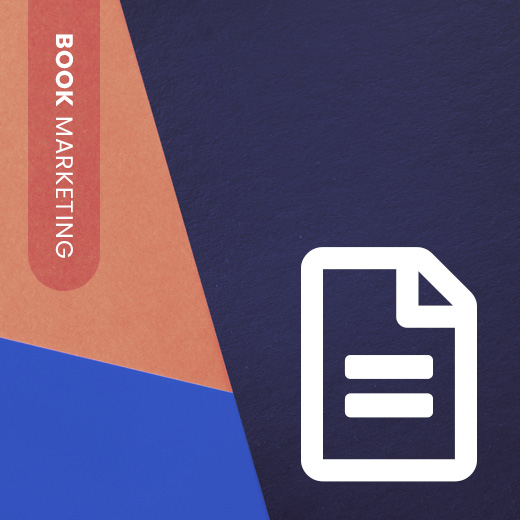
Don't let your manuscript sit idle
start your publishing journey now!
Get matched with a self-publishing company specifically chosen for you and the book you are publishing.
Don’t let your manuscript sit idle – start your publishing journey now!
